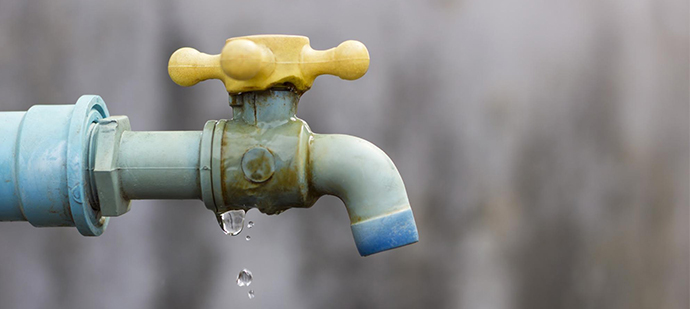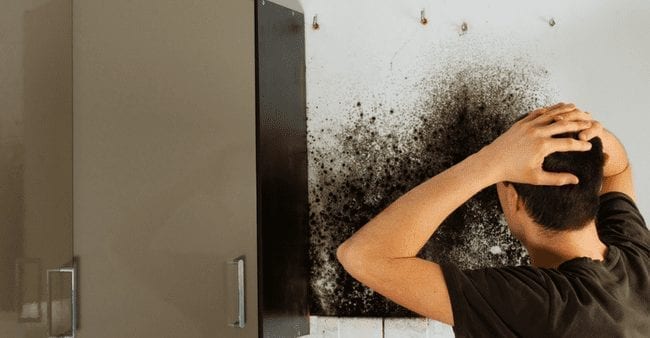How to Check If Your Home Has a Hidden Leak
How to Check If Your Home Has a Hidden Leak
Blog Article
How do you really feel with regards to Finding hidden leaks?

Early detection of dripping water lines can reduce a potential disaster. In addition to saving you cash, it will certainly decrease the stress as well as stress. The minute you discover a leakage, calling your plumber for repairs is the very best solution. However, some small water leakages may not show up. Right here are some hacks that help if you can not spot it with your naked eyes.
1. Examine the Water Meter
Every house has a water meter. Examining it is a guaranteed way that aids you uncover leaks. For starters, switch off all the water sources. Make certain nobody will certainly flush, use the faucet, shower, run the cleaning equipment or dishwasher. From there, go to the meter and watch if it will alter. Considering that nobody is using it, there ought to be no movements. That suggests a fast-moving leakage if it relocates. Similarly, if you detect no changes, wait an hour or more and also examine back once again. This suggests you may have a sluggish leak that can also be below ground.
2. Examine Water Usage
If you find sudden modifications, regardless of your intake being the same, it means that you have leakages in your plumbing system. An abrupt spike in your bill shows a fast-moving leak.
Meanwhile, a stable rise on a monthly basis, despite the very same habits, reveals you have a sluggish leak that's also slowly escalating. Call a plumber to completely inspect your residential property, particularly if you feel a warm area on your floor with piping underneath.
3. Do a Food Coloring Test
When it comes to water consumption, 30% comes from bathrooms. If the color somehow infiltrates your dish throughout that time without flushing, there's a leakage in between the tank and also dish.
4. Asses Outside Lines
Don't neglect to examine your outdoor water lines as well. Ought to water permeate out of the connection, you have a loose rubber gasket. One little leakage can throw away heaps of water as well as surge your water costs.
5. Evaluate and Examine the Circumstance
House owners should make it a routine to examine under the sink counters and even inside cupboards for any type of bad odor or mold growth. These two warnings show a leakage so prompt focus is required. Doing regular inspections, also bi-annually, can save you from a major trouble.
Check for stainings and also damaging as the majority of devices and also pipes have a life expectancy. If you presume leaking water lines in your plumbing system, do not wait for it to escalate.
Early detection of dripping water lines can alleviate a possible catastrophe. Some tiny water leaks might not be visible. Inspecting it is a proven means that assists you discover leaks. One tiny leakage can throw away lots of water as well as spike your water bill.
If you believe dripping water lines in your plumbing system, do not wait for it to rise.
WARNING SIGNS OF WATER LEAKAGE BEHIND THE WALL
PERSISTENT MUSTY ODORS
As water slowly drips from a leaky pipe inside the wall, flooring and sheetrock stay damp and develop an odor similar to wet cardboard. It generates a musty smell that can help you find hidden leaks.
MOLD IN UNUSUAL AREAS
Mold usually grows in wet areas like kitchens, baths and laundry rooms. If you spot the stuff on walls or baseboards in other rooms of the house, it’s a good indicator of undetected water leaks.
STAINS THAT GROW
When mold thrives around a leaky pipe, it sometimes takes hold on the inside surface of the affected wall. A growing stain on otherwise clean sheetrock is often your sign of a hidden plumbing problem.
PEELING OR BUBBLING WALLPAPER / PAINT
This clue is easy to miss in rooms that don’t get much use. When you see wallpaper separating along seams or paint bubbling or flaking off the wall, blame sheetrock that stays wet because of an undetected leak.
BUCKLED CEILINGS AND STAINED FLOORS
If ceilings or floors in bathrooms, kitchens or laundry areas develop structural problems, don’t rule out constant damp inside the walls. Wet sheetrock can affect adjacent framing, flooring and ceilings.
https://www.servicemasterbyzaba.com/blog/how-to-detect-water-leakage-in-walls/

Hopefully you enjoyed reading our excerpt on Hacks to detect leaks. Thanks a ton for taking the time to read our post. Do you know about someone else who is truly interested in the topic? Feel free to share it. Many thanks for your time. Come back soon.
Report this page